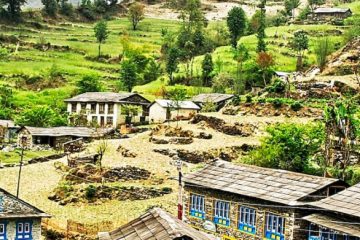- Robert Manduca and Robert J. Sampson, “Childhood Exposure to Polluted Neighborhood Environments and Intergenerational Income Mobility, Teenage Birth, and Incarceration in the USA,” Population and Environment 42, no. 4 (2021).
- Tim Slack et al., “Deepwater Horizon Oil Spill Exposure and Child Health: A Longitudinal Analysis,” Population and Environment 42, no. 4 (2021).
- Kathryn Grace and Frank Davenport, “Climate Variability and Health in Extremely Vulnerable Communities: Investigating Variations in Surface Water Conditions and Food Security in the West African Sahel,” Population and Environment 42, no. 4 (2021).
- Heather Randell, Kathryn Grace, and Maryia Bakhtsiyarava, “Climatic Conditions and Infant Care: Implications for Child Nutrition in Rural Ethiopia,” Population and Environment 42, no. 4 (2021).
- Richelle L. Winkler and Mark D. Rouleau “Amenities or Disamenities? Estimating the Impacts of Extreme Heat and Wildfire on Domestic US Migration,” Population and Environment 42, no. 4 (2021).
- Esteban J. Quiñones, Sabine Leibenehm, and Rasadhika Sharma, “Left Home High and Dry–Reduced Migration in Response to Repeated Droughts in Thailand and Vietnam,” Population and Environment 42, no. 4 (2021).
- Barbara Entwisle, “Population Responses to Environmental Change: Looking Back, Looking Forward,” Population and Environment 42, no. 4 (2021).
- Lori Hunter et al., “Working Toward Effective Anonymization for Surveillance Data: Innovation at South Africa’s Agincourt Health and Demographic Surveillance Site, Population and Environment 42, no. 4 (2021).




